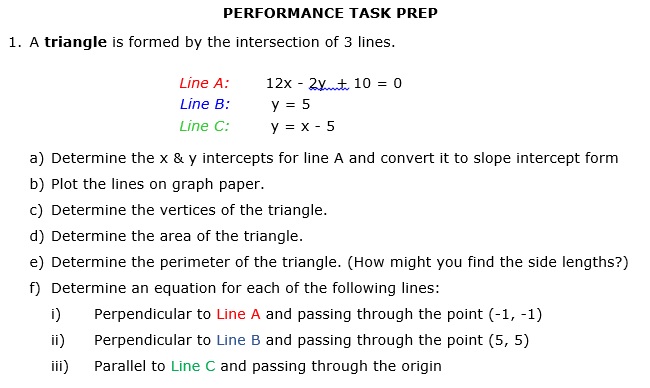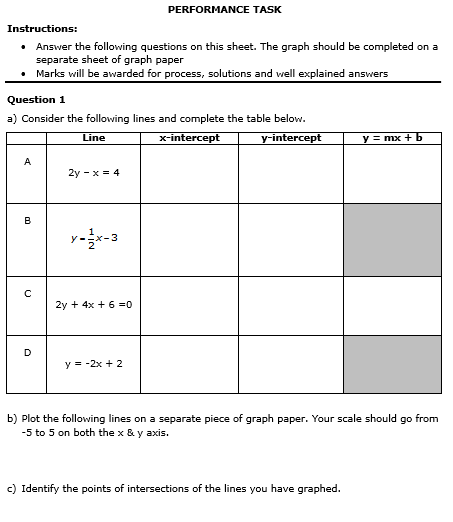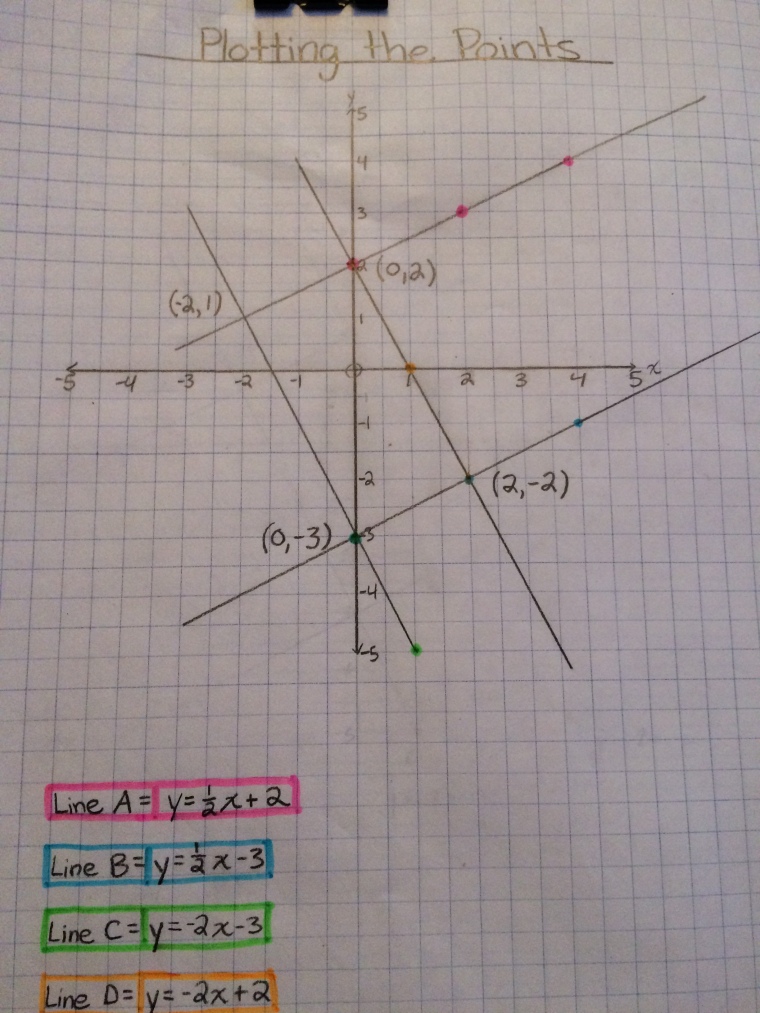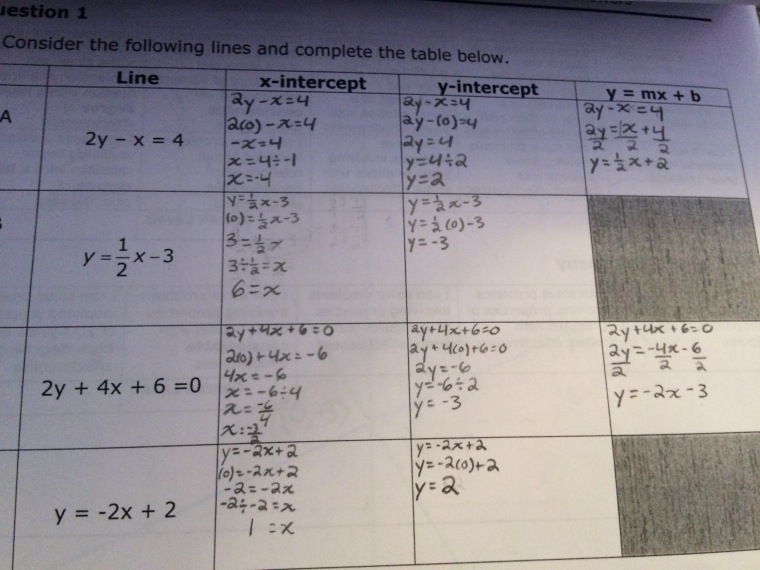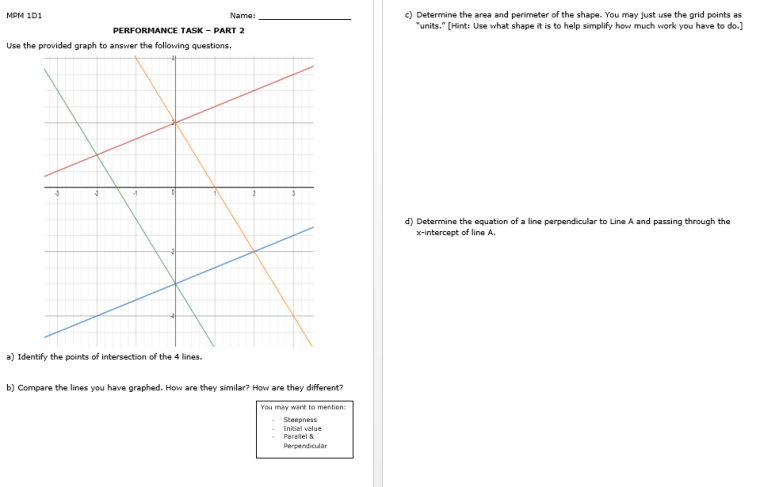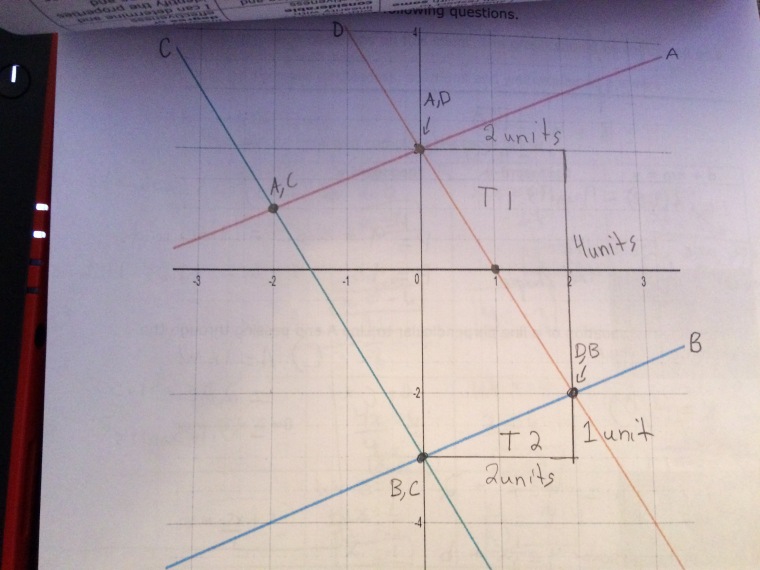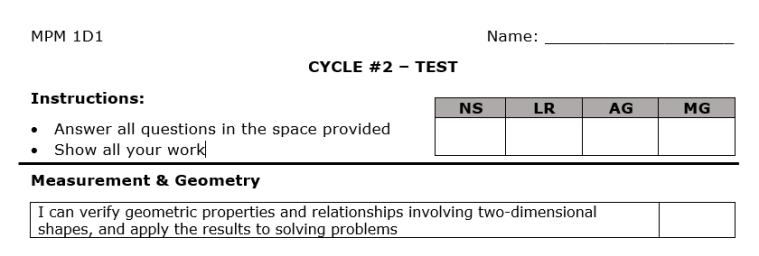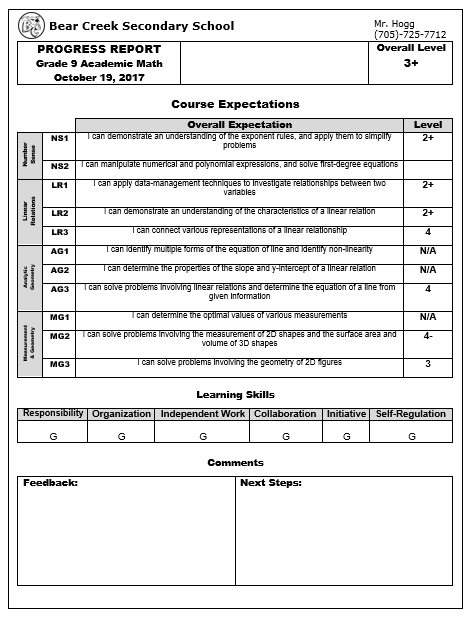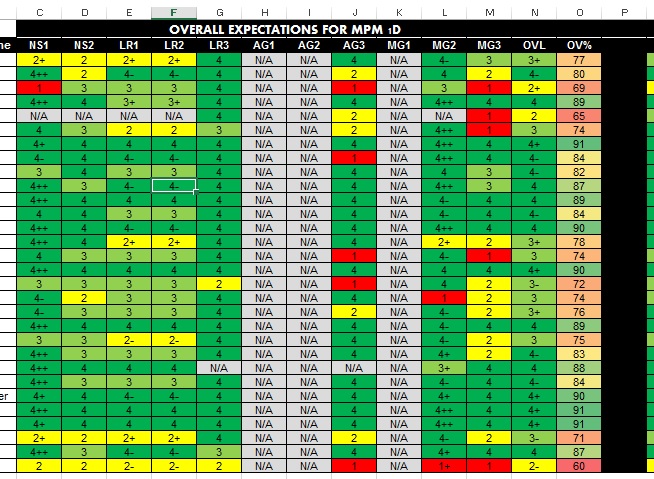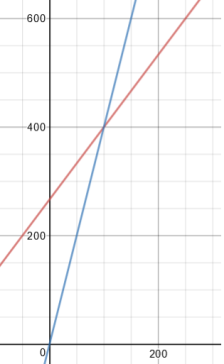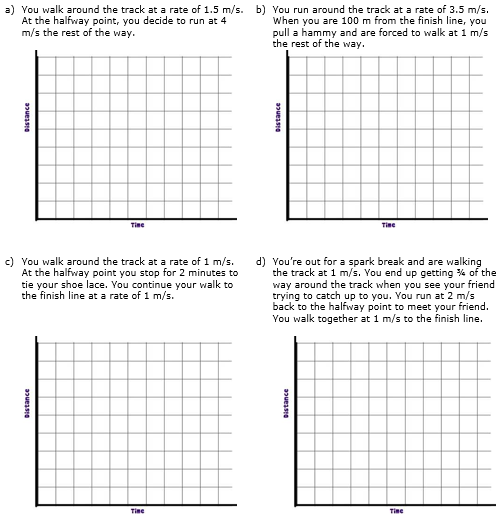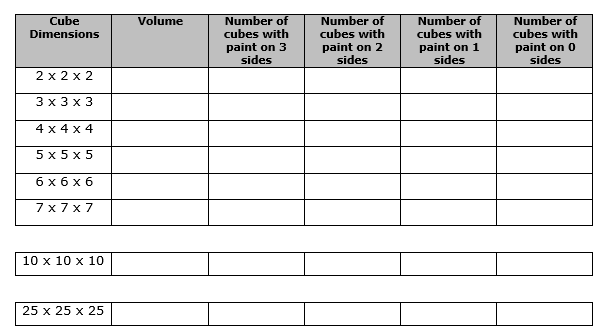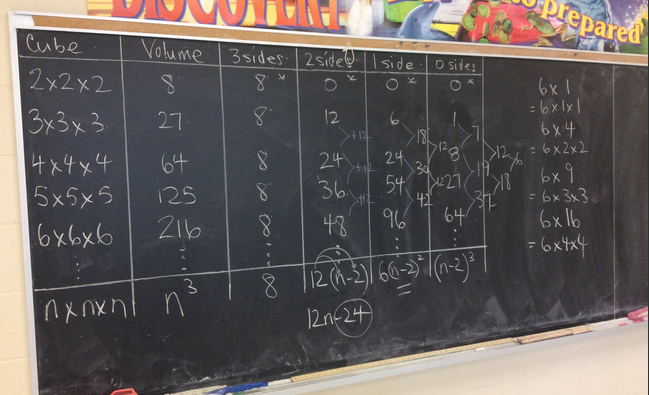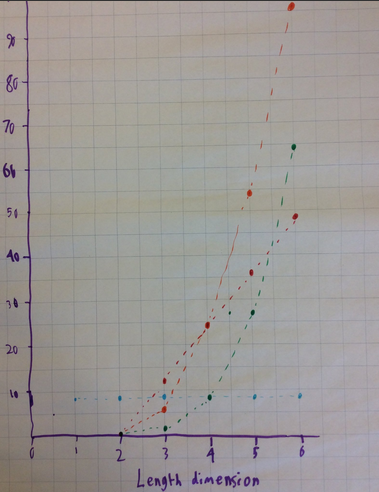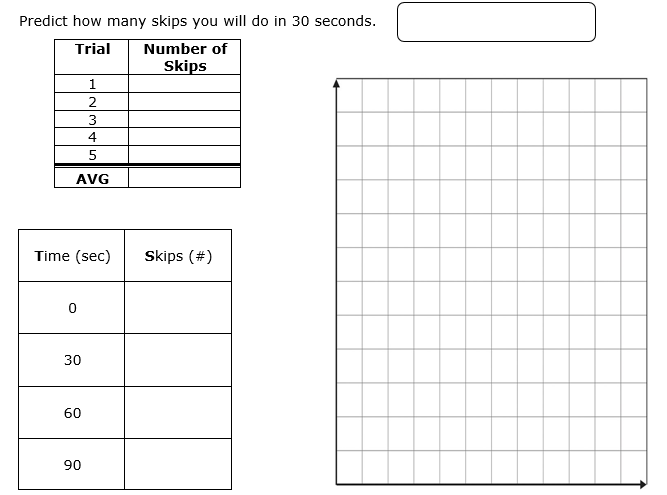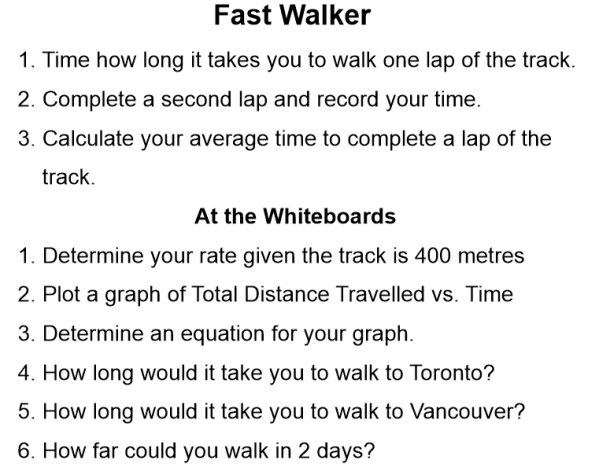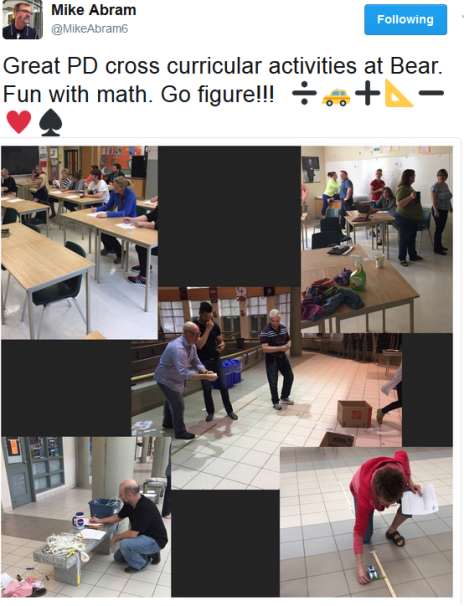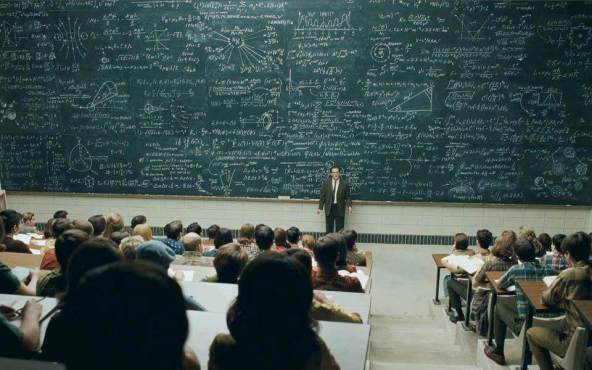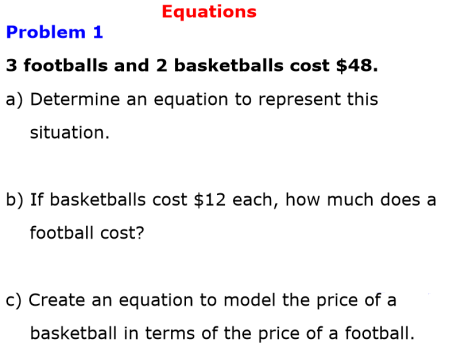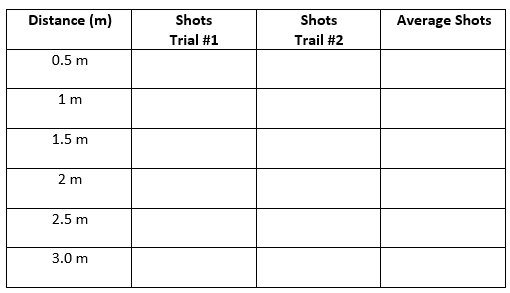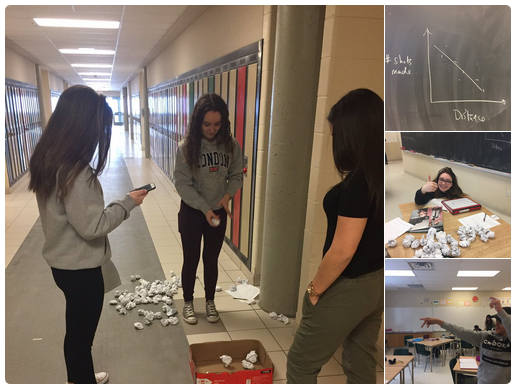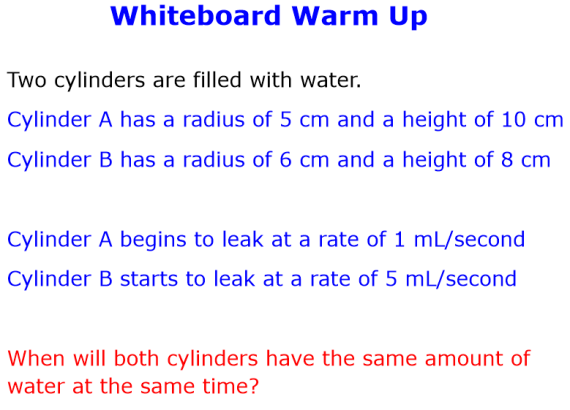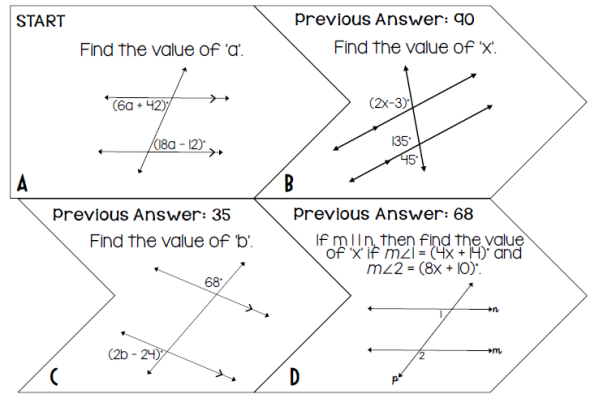Last year, the great Mrs. McCuaig created an activity for linear systems for her 10 enriched class. It involved students solving linear system questions and using a map of the school to locate the next clue.
This is my first time spiraling the MPM 2D (Grade 10 Academic Math) course. We have completed all of the quadratics expectations so we are doing some activities to review key concepts. One of the concepts is determining the vertex of a quadratic given various forms by completing the square or using the axis of symmetry if the quadratic is in factored form. I decided to come up with a scavenger hunt using the maps from the linear system activity. A map of the school was taken and then a photocopy of graph paper was placed on a transparency to create a grid overlying the map of the school.
Each group was given a sheet to keep track of their work on. This was the same handout used for the linear systems version.

There are 10 clues posted around the school. I gave each group a clue to start at their desks before they went to the next clue. To find the next clue, students found the vertex by completing the square, or finding the axis of symmetry, and if the parabola opened down the clue was downstairs and if the parabola opened up, the clue was upstairs.
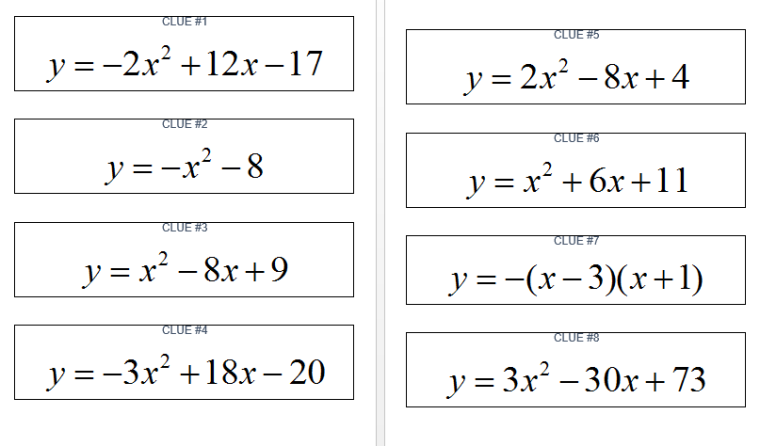
The clues led to places that were well known (cafeteria, cosmotology room, main office, math help room, etc.).
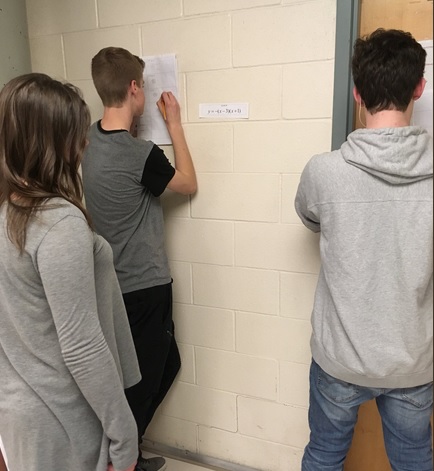
It took most of the period to complete this. It was an excellent activity. Nothing like a little friendly competition. I suppose you could just give them a sheet with 10 questions on it to do, but where is the fun in that!
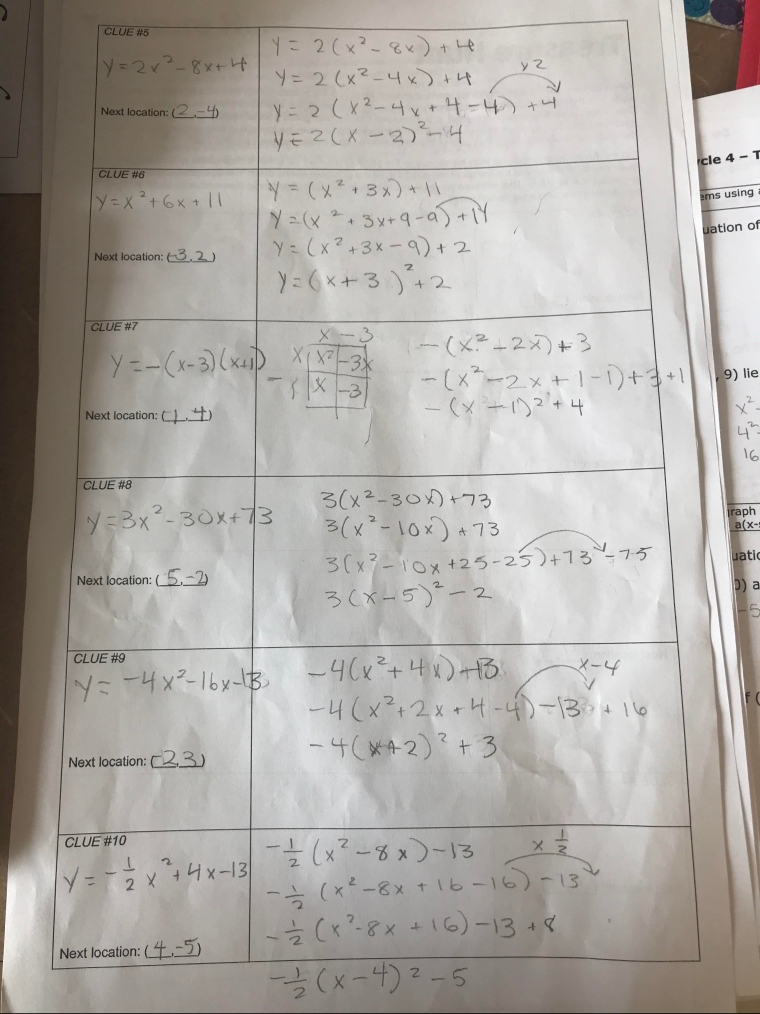
The activity takes a bit of setup. You have to make a grid map for your school, find the coordinates you want to use of key locations, make the questions up and make sure that clue 10, leads back to clue 1, etc. I did the questions like 10 times and still managed to have a sign error! GRRR. Oh well, now it works perfectly for next year.



